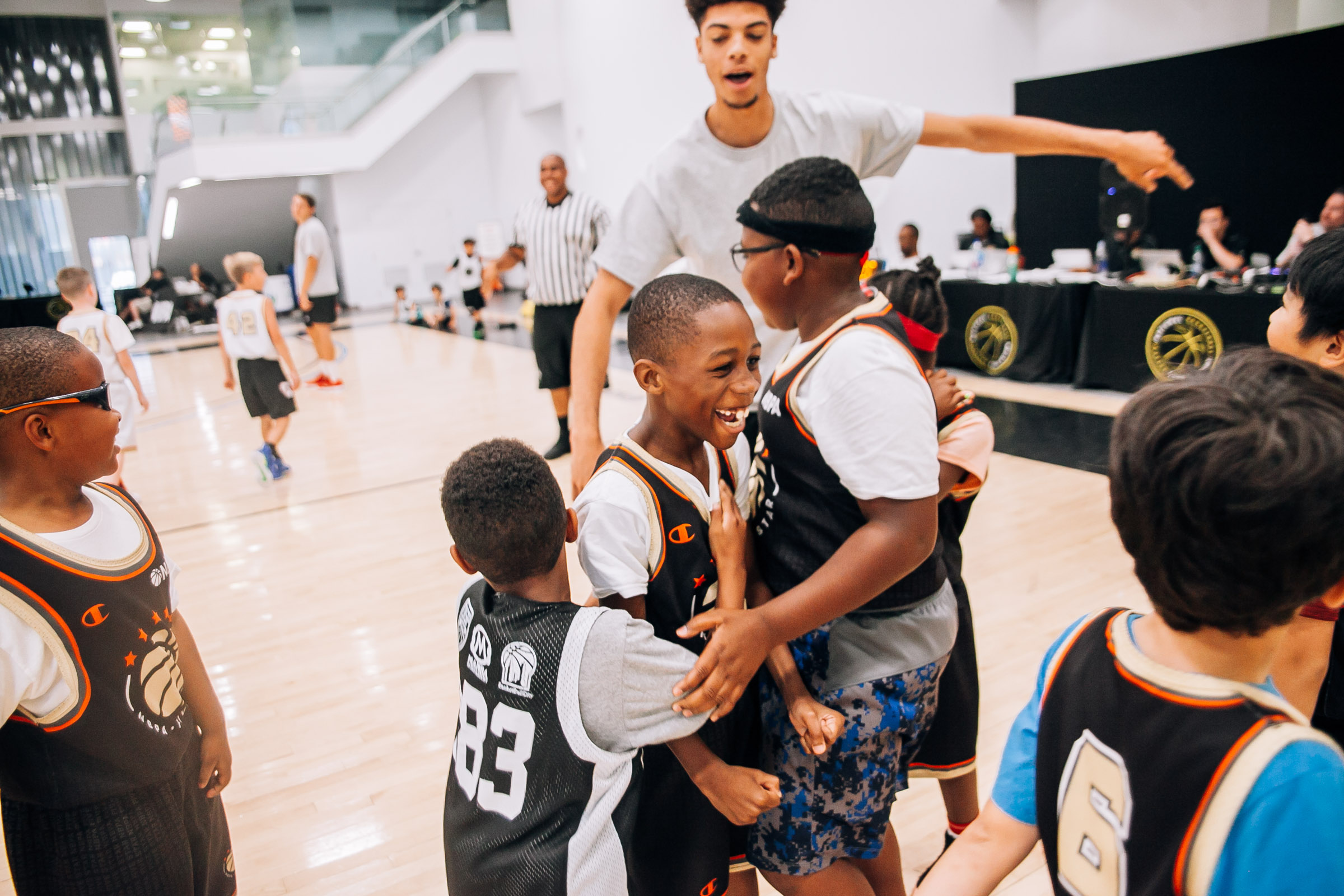What Parents Should Know About Cortisone Shots in Kids
Corticosteroid injections are frequently used in adults to manage arthritis, tendinitis, and other inflammatory and overuse conditions. Despite extensive study of their effect in adults and children with inflammatory arthropathies (eg. Juvenile Rheumatoid Arthritis), indications and treatment outcomes after corticosteroid injection treatment in otherwise healthy young athletes is less well investigated. Therefore, each scenario and the provider’s clinical experience frequently drives the recommendation for use of steroid injections in young athletes. Nevertheless, steroid injections in young athletes should be (and are) less frequently employed than in adults due to differences in anatomy, the underlying pathology, and causative factors which are unique to children and adolescents. The following information is provided as a general guide of how young athletes are different from their adult counterparts, and to help parents understand the indications for considering steroid injections as a component of treatment in young athletes.
Where is the Inflammation?
The anatomy of the skeletally immature athlete is quite different than that of adults, particularly when it comes to open growth plates and growth centers of the skeleton. Unlike adults in whom a tendon inserts directly into bone, in children tendons insert onto an apophysis which is a cartilaginous growth center and is softer than mature bone. Additionally, the “wear and tear” osteoarthritis seen in older athletes which can lead to joint inflammation is rarely seen in children, in whom primary joint inflammation is more frequently caused by inflammatory, autoimmune, or reactive (eg. Lyme disease) causes. Given this unique pediatric anatomy, clinicians concerned about a primary arthritis in a pediatric patient should consider referral to a pediatric rheumatologist. When children present with symptoms of tendinitis, it is important to evaluate for apophysitis. In adults, tendons have frequently accumulated sufficient injury to develop a tendinitis. However, in children, tendons are typically pristine with inflammation occurring at the apophysis which is particularly susceptible to repetitive physical loading and serves as a "weak link" in the kinetic chain. Understanding the exact location of any musculoskeletal inflammation is paramount when considering whether a young athlete is a candidate for corticosteroid injections.
What should be Tried First
Prior to considering the use of steroid injection in children, clinicians should consider trialing a period of relative rest, activity modification, physical therapy, and other conservative measures. The American Academy of Pediatrics (AAP) has advised against early single sports specialization and has given guidelines to minimize the risk of overuse injury.1 These include limiting weekly hours of participation in organized sports to less than the patient's age in years, up to a maximum of 16 hours per week. Additionally, young athletes should have at least 1 to 2 days off per week and a total of 3 months of nonconsecutive 1 month periods of time resting from their particular sport in order to allow for physical and psychological recovery. During that time, they are encouraged to participate in free play or cross training. Additionally, as children grow, their bones grow ahead of their muscles and tendons, leaving them relatively tight especially during periods of rapid growth. An earnest course of stretching and education in safe movement patterns with or without the guidance of a physical therapist can provide significant relief from many overuse injuries in children. Frequently, employing these techniques resolves many causes of inflammation, tendinitis, apophysitis, and other overuse injuries in young athletes.
General Guidelines for Use
When these techniques fail, some children may be excellent candidates for a trial of corticosteroid injection as a component of their overall treatment strategy. In the setting of a true tendinitis, frequently steroid injections coupled with physical therapy can provide lasting relief. Common treatment targets include the long head of biceps tendon, psoas and hip flexors, and peroneal tendons. Additionally, adjacent tendinitis or inflammation due to an unfused ossicle such as os trigonum or an accessory navicular may benefit from treatment with steroid injection in conjunction with physical therapy. Furthermore, steroid injections may be used as both a diagnostic and therapeutic modality in the setting of small nondisplaced SLAP tears or hip labral tears. Many clinicians limit the number of cortisone injections in children to 1 or 2 in any single location, due to concerns that repetitive exposure may structurally weaken the tendon.
Conclusion
Although frequently used in adults and children with inflammatory or autoimmune arthritis, steroid injections should be used sparingly in otherwise healthy young athletes. The anatomy of growing children is notably different than that of their adult counterparts, and inflammation is typically due to apophysitis, rather than tendinitis, which is not amenable to treatment with steroid injections. Furthermore, inflammation due to overuse and suboptimal body mechanics should be the primary focus of treatment, encouraging children to diversify their sports participation, allow enough time for rest and free play, and employ physical therapy as needed to improve flexibility, strength, and movement mechanics. When these fail or provide only partial relief, selective use of steroid injections to diagnose and/or treat certain tendinopathies may be helpful, but should only be used in limited circumstances, without repetition, and with caution.
References:
Brenner JS and The Council on Sports Medicine and Fitness. Sports Specialization and Intensive Training in Young Athletes. Pediatrics. Sep 2016, 138 (3) e20162148. DOI: https://doi.org/10.1542/peds.2016-2148
Peter D. Fabricant, MD, MPH
Pediatric Orthopaedic Surgery & Sports Medicine, Hospital for Special Surgery
Assistant Scientist, Research Division, Hospital for Special Surgery
Assistant Professor of Orthopaedic Surgery, Weill Cornell Medical College
535 East 70th St.
New York, NY 10021

